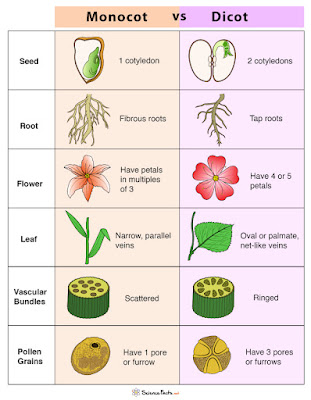Ongzi's SecretGarden
Ongzi, a zeal HORTICULTURIST,yet resides in a plant-free apartment…… thinks that plants deserved to be treated as LIVING THING, not merely as plants …… strongly condemns any form of CRUELTY TO PLANTS, yet enjoys feast on them…… collects only e-HERBARIUM, and proudly encourages others to do the same……
Friday, 21 March 2025
Tuesday, 16 April 2024
Rodenticides : Zinc phosphides
Metal phosphides have been used as rodenticides. A mixture of food and zinc phosphide is left where the rodents can eat it. The acid in the digestive system of the rodent reacts with the phosphide to generate toxic phosphine gas. This method of vermin control has possible use in places where rodents are immune to other common poisons.
Zn3P2 + 6H+ → 3Zn++ + PH3 ↑
Other pesticides similar to zinc phosphide are aluminium phosphide and calcium phosphide.
Zinc phosphide is typically added to rodent baits in amount of around 0.75-2%. Such baits have a strong, pungent garlic-like odor characteristic of phosphine liberated by hydrolysis. The odor attracts rodents, but has a repulsive effect on other animals; However, birds, notably wild turkeys, are not sensitive to the smell.
Rodenticide-grade zinc phosphide usually comes as a black powder containing 75% of zinc phosphide and 25% of antimony potassium tartrate, an emetic to cause vomiting if the material is accidentally ingested by humans or domestic animals. However, it is still effective against rats, mice, guinea pigs and rabbits, none of which have a vomiting reflex.
Safety
Zinc phosphide is highly toxic, especially when ingested or inhaled. The reason for its toxicity is the release of phosphorus compounds, usually phosphine, when it reacts with water and acids. Phosphine is very toxic and, with trace amounts of P2H4, pyrophoric. Phosphine is also denser than air and may remain close to the ground without sufficient ventilation.
Zn3P2 + 6 H2O → 2 PH3 + 3 Zn(OH)2
Wednesday, 25 October 2023
Citrus is Complicated 2.0 Genotypes Classification

Luis Navarro. Centro de Protección Vegetal y Biotecnología, Instituto Valenciano de Investigaciones Agrarias (IVIA), 46113 Moncada (Valencia), Spain. Email: lnavarro@ivia.es
Sunday, 11 June 2023
Malaya : Rubber Pioneers
June 11th 1877
22 rubber seedling send from Kew Gardens to Singapore.
11 planted in Botanic Gardens Singapore
Kuala Kangsar
October 1877
Sir Hugh Low ( 3rd Resident of Perak ) planted 9 rubber seedlings in Kuala Kangsar.
Only 1 survived today.
Seremban
1877 1 rubber seed was planted in Seremban, right in front of British Residents’ Official residence.
1883 A
few rubber trees were planted in Linsum Estate ( owned by Thomas Heslop Hill ),
amongst the coffee.
1902 1
picul ( 130 pounds ) of rubber produced from Linsum Estate and sold to England
for 3s 10d
Melaka
1896 Tan
Chay Yan 陳齊賢
( 1871-1916 ) planted 43 acre of rubber
at Bukit Lintang Malacca. Thus established
the first rubber plantation in Malaya.
It is also first rubber plantation in Asia.
Thursday, 27 April 2023
Ongzi's Golden Rule #1 Watering
For toiling the earth since the dawn of the second millennium, I have learned an important lesson, a Golden Rule for a farmer, which I long to share.
Be it a farmer, a gardener, an agriculturist, a horticulturist, a landscaper, or any other profession that involves tedious labor, the Golden Rule is surely applicable, especially in our scorching hot climate.
The Rule is: water! Supply, sprinkle, moisten, and drench whatever plants are being cultivated with water. Don't wait until tomorrow what you can do today, and definitely never put watering on hold. After all, water is the essence of life!
Regardless of darkened clouds or brewing storms, get the water truck filled for immediate watering, especially for turf. A smart farmer never expects free watering from the rain.
Rain can be a blessing, but it certainly cannot be predicted or depended on. After all, man can only rely on his own toil and hard work.
Rain can only be hoped for, never
prayed for! Man must not forget that
rain is beyond man’s might.















